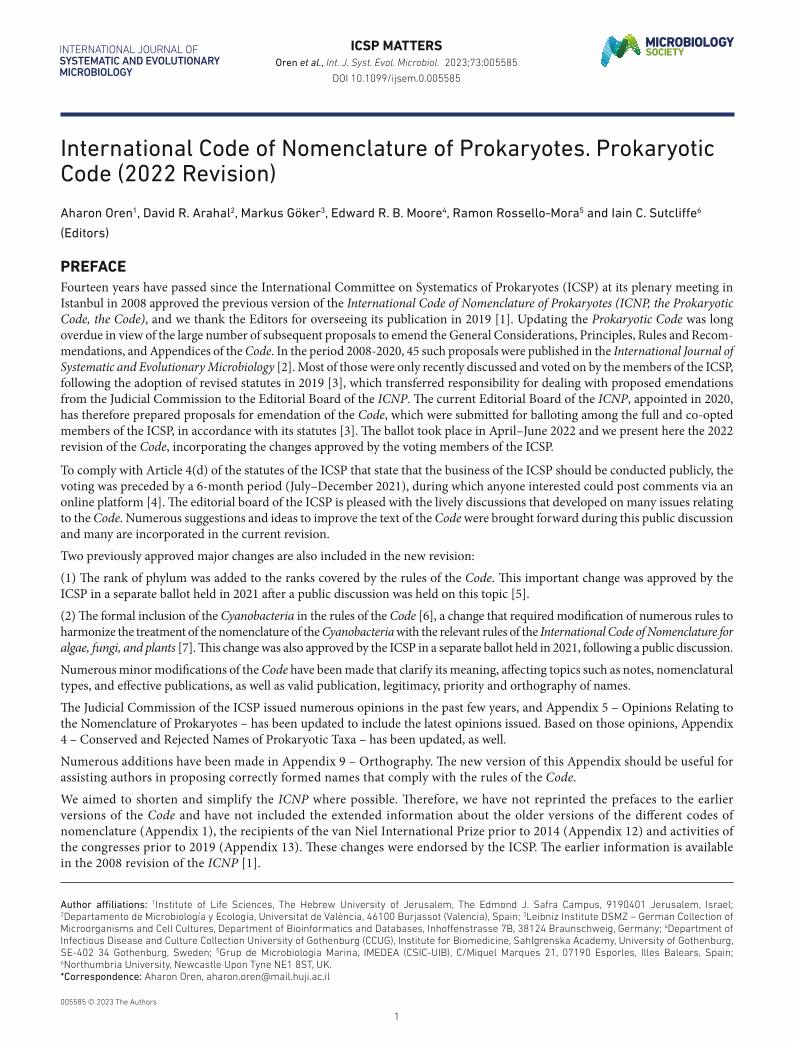
Full text loading...

International Code of Nomenclature of Prokaryotes. Prokaryotic Code (2022 Revision), Page 1 of 1
< Previous page | Next page > /docserver/preview/fulltext/ijsem/73/5a/ijsem005585-1.gif
There is no abstract available.

Article metrics loading...

Full text loading...
References


Data & Media loading...
